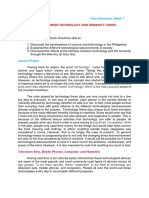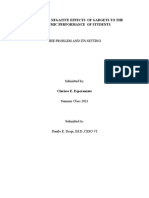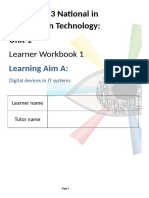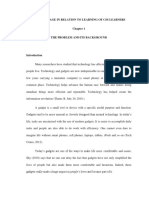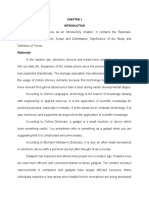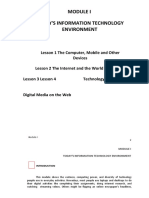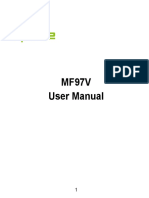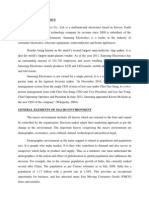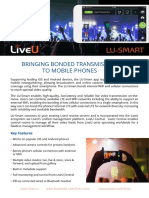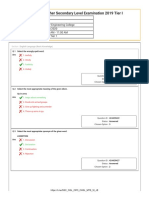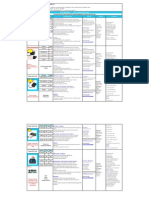0% found this document useful (0 votes)
33 views24 pagesNo 1 PDFF
The document outlines an action plan to address the overuse of digital devices, detailing a timeline for project activities including surveys and analysis. It discusses the need for awareness and education on the adverse effects of excessive digital device usage, particularly among adolescents, and presents objectives and hypotheses related to academic performance and family interaction. The document also highlights the pros and cons of digital technology, its impact on physical and mental health, and the addictive nature of technology among the youth.
Uploaded by
suganthikangueyaneCopyright
© © All Rights Reserved
We take content rights seriously. If you suspect this is your content, claim it here.
Available Formats
Download as PDF, TXT or read online on Scribd
0% found this document useful (0 votes)
33 views24 pagesNo 1 PDFF
The document outlines an action plan to address the overuse of digital devices, detailing a timeline for project activities including surveys and analysis. It discusses the need for awareness and education on the adverse effects of excessive digital device usage, particularly among adolescents, and presents objectives and hypotheses related to academic performance and family interaction. The document also highlights the pros and cons of digital technology, its impact on physical and mental health, and the addictive nature of technology among the youth.
Uploaded by
suganthikangueyaneCopyright
© © All Rights Reserved
We take content rights seriously. If you suspect this is your content, claim it here.
Available Formats
Download as PDF, TXT or read online on Scribd
/ 24




































